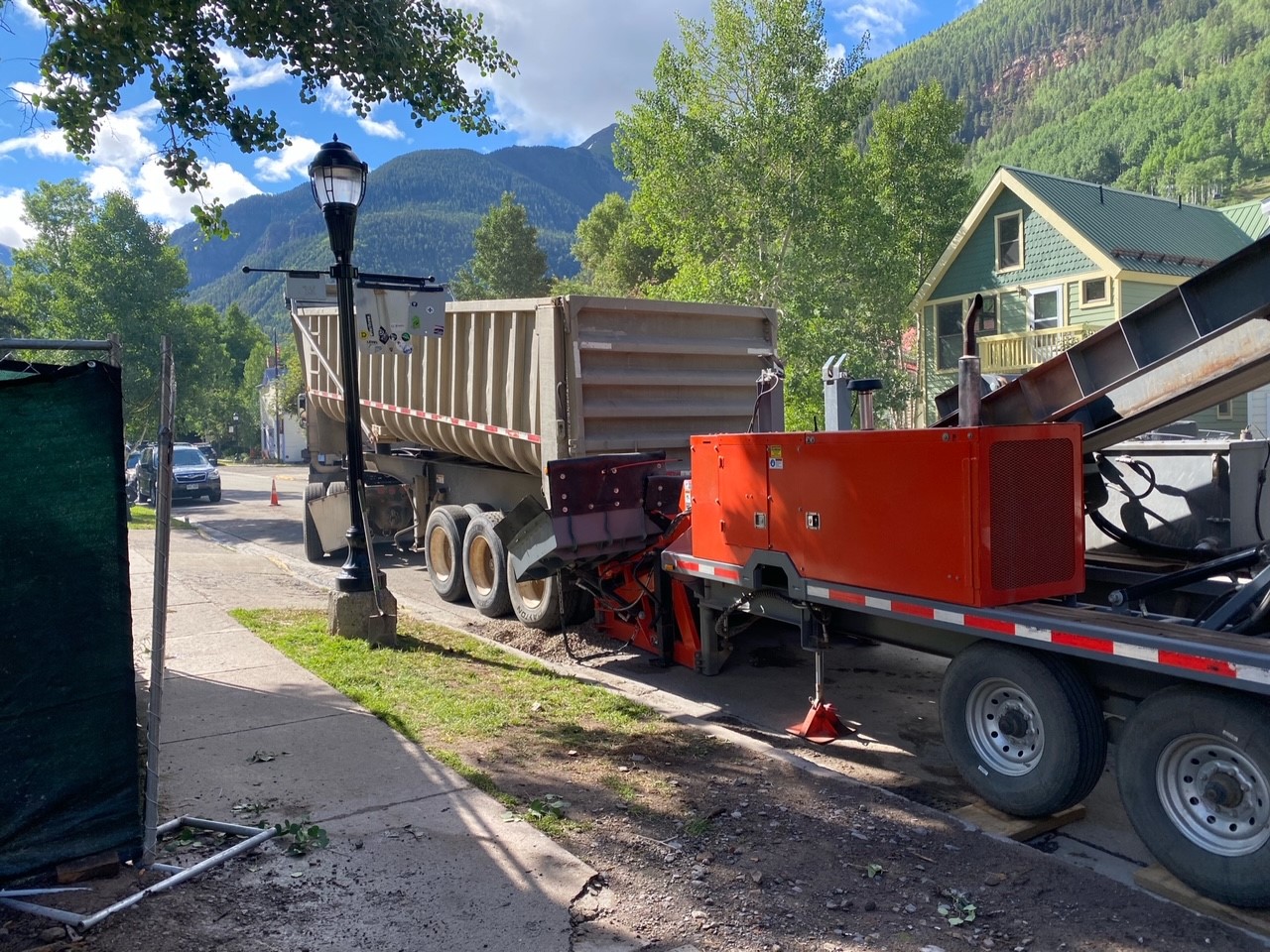Brass has long been a metal of choice for parts and fitting. Part of the reason it is such a good choice for most types of parts is that it is highly resistant to corrosion, even when exposed to chemicals and other types of materials that destroy other alloys.
Brass is also a material that does not rust, which means it can be used as a material in a valve when fluids or water are present. With a very long life cycle, the ability to work in high-temperature environments without cracking or breaking as well as the relatively low cost of the metal, it makes a good material choice for a wide range of valves.
A brass needle valve has all the advantages of brass, including strength, corrosion resistance and the ability to work in high temperature as well as high-pressure systems and applications.
The Design Benefits
A brass needle valve is a top choice when the system has to have very precise control of the flow or when a gradual shut off or throttling is required. As the name implies, the valve is designed with a long, pointed valve stem that resembles the shape of a small knitting needle. There are miniature versions of these types of valves as well, which are ideal in low pressure and low flow types of applications.
By turning the handle, the needle valve stem of the brass needle valve can be moved into or out of the seat of the valve to precisely control the flow. Very small turns clockwise or counterclockwise allow the operator to increase or decrease flow through the valve without a lot of pressure or effort.
These valves are designed to be lightweight to be mounted where needed in the system. They are practical, durable valves that have a long-life cycle and extremely low maintenance requirements.


